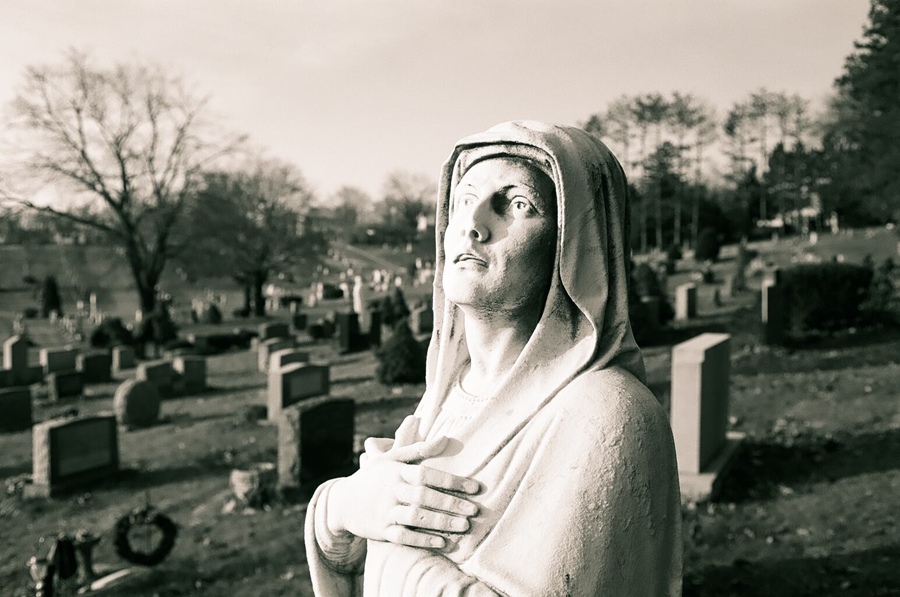An Old Dilemma
An Old Dilemma
The issue of SOOC vs. post production rendering is similar to choosing transparency vs. negative film.
Both approaches have advantages and disadvantages. Post acquisition, one is more flexible than the other.
Information theory is more relevant to digital photography. Images are rendered using data as an information source. Raw files contain all the information recorded when the shutter was open.[1,2] SOOC JPEGs always discard some of that information. The issue becomes - how valuable is the discarded information?
When the exposure, color temperature parameters and other in-camera rendering parameters are perfect, then SOOC JPEG images make full use of the information content. While lossy compression discards much of the data, that data is redundant.
The discarded information has value when exposure, color temperature parameters and other in-camera rendering parameters are imperfect.
A straightforward example is a large room where one side is lit by tungsten light and the opposite side is lit sunlight. No single set of color temperature parameters can render an image with proper color hues. In post production one can selectively apply different color temperature rendering parameters for each side of the room. A raw file retains all of the data which provides maximum flexibility to selectively optimize the color temperature. This is not the case for SOOC JPEGs. Since shadow regions have the lowest SNR (i.e. information content), any information loss is problematic.
Similar arguments hold for image sharpening and noise filtering.
There are no miracles. SOOC JPEGs are more convenient. The price of convenience is reduced flexibility to optimize image rendering. Sometimes the impact is negligible, sometimes it is not.
However, it is difficult to be completely certain in all circumstances the exposure and in-camera SOOC JPEG rendering parameters will be perfect before pressing the shutter button.
1. All brands manipulate the raw data to some degree. This is unnecessary since post-production demosaicking algorithms can make the same changes. While the raw file data is modified, very little, if any data is excluded.
2. Some brands offer lossy raw file compression. Others offer losses data compression. The former could destroy useful information content while the later does not.
 M2403855 by Brusby, on Flickr
M2403855 by Brusby, on Flickr M2403855 4 by Brusby, on Flickr
M2403855 4 by Brusby, on Flickr M2403855 by Brusby, on Flickr
M2403855 by Brusby, on Flickr M2403855 4 by Brusby, on Flickr
M2403855 4 by Brusby, on Flickr






